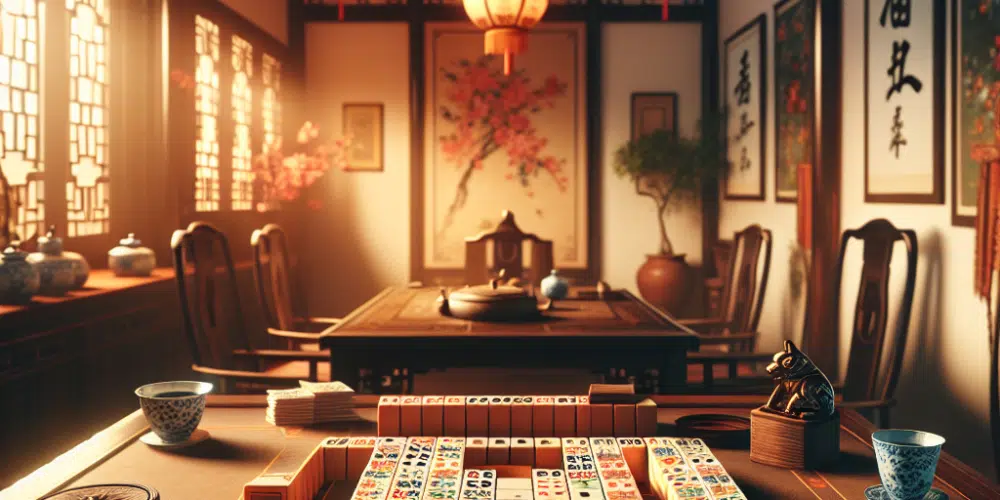Understanding the Basics of Pai Gow
Pai Gow, a game of Chinese origin played with a set of 32 dominoes, presents a blend of strategic thinking and luck. Each player receives 4 tiles which they must separate into two hands of 2 tiles each. The goal is to have both hands beat the dealer’s hands. A common mistake beginners make is focusing solely on one strong hand while neglecting the other, a strategic misstep that can cost the game.
Tile Rankings and Setting Hands
In Pai Gow, not all tiles are created equal. The rankings can be intricate. For instance, the highest pair isn’t the double sixes, as one might expect, but rather the pair of white and red eights. Learning the rankings is crucial. Additionally, how you set your hand can significantly influence the outcome. A balanced approach—ensuring both hands are reasonably strong—is often more successful than pushing all strength into one hand.
Advanced Strategies in Pai Gow
Once you’ve grasped basic gameplay, mastering advanced strategies can elevate your game. Understanding the house way, or how the dealer sets their tiles, can provide insight into how to set your own hands more effectively.
Playing to Win: Offensive vs. Defensive Play
If you’re ahead, consider playing more defensively by ensuring your weaker hand is as strong as possible to at least push the round if not win it. Conversely, if you need to catch up, you might opt for a more aggressive approach, structuring your hands to maximize the potential of winning both.
The Importance of the Push
In Pai Gow, pushing (tying with the dealer) can be as strategic as winning. Since Pai Gow has a slower pace and many hands end in a push, one effective technique is to play for the push when the dealer shows strong tiles, mitigating losses and waiting for a better opportunity to strike.
Bankroll Management in Pai Gow
Effective bankroll management is key in Pai Gow, just as in any gambling game. Due to the frequent pushes, a player’s bankroll can often withstand longer sessions, which may provide more opportunities to capitalize on the dealer’s mistakes.
Setting Betting Limits
Determine your betting unit based on your total bankroll. A common rule is to bet no more than 1-2% of your bankroll on a single hand. This strategy ensures that you can endure the inherent volatility of the game without exhausting your funds prematurely.
Capitalizing on Bonuses
Many casinos offer bonuses for certain hand combinations in Pai Gow. Familiarize yourself with these bonuses and adjust your strategy to take advantage of these opportunities, which can offer a higher payout.
Increasing Your Winning Chances
Beyond basic strategies and bankroll management, several tactics can help increase your winning odds in Pai Gow.
Table Position
Your position at the table can affect the flow of the game. Sitting at the last seat allows you to see how each player sets their hands, giving you more information before setting your own hands.
Practice Makes Perfect
As with any casino game, practice is key in Pai Gow. Online simulators or apps can provide valuable practice ground without risking real money, allowing you to experiment with different strategies and hand settings.
Practical Takeaways for Pai Gow Enthusiasts
To excel in Pai Gow, begin by thoroughly learning the tile rankings and the logic behind setting each hand. Remember that a balanced approach usually trumps a skewed strength distribution between the two hands. Manage your bankroll wisely, keeping within set limits to sustain your play longer. Finally, adaptability and continuous learning are your best tools. Observe dealer strategies and adjust yours accordingly, and don’t shy away from defensive play when it means safeguarding your bankroll.
By embedding these strategies and tips into your gameplay, you’ll not only enhance your enjoyment of Pai Gow but also increase your chances of coming away a winner.

















